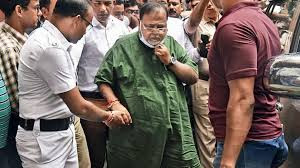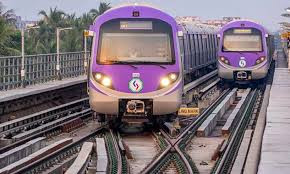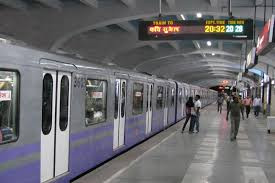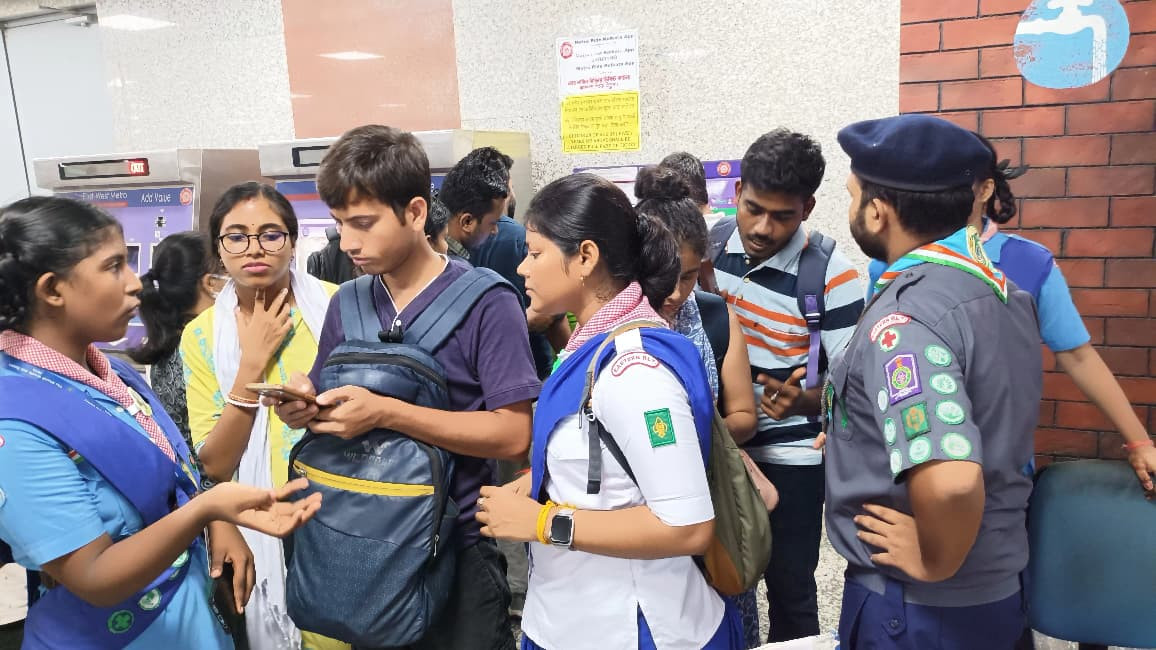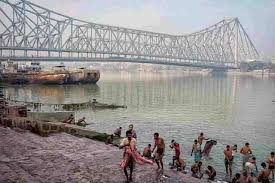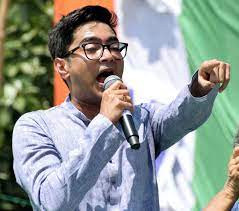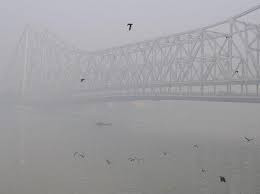“Bidhannagar Teachers’ Protest at SSC Building Escalates as INDIA Bloc Leaders Hold Strategy Meeting”
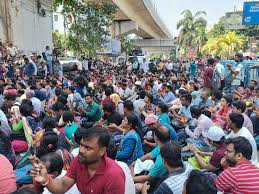
IIE DIGITAL DESK : The morning of August 18, 2025, a tense confrontation unfolded outside the SSC building in Bidhannagar, Kolkata, as a group of unemployed teachers rallied to demand fresh job recruitments. The police promptly intervened, blocking the march and sparking physical clashes that led to several detentions. Authorities reported heated scuffles with protesters—some individuals were taken into custody as the stand-off grew heated. The demonstration was organized under the banner of the SSC Rights Platform, aiming to press home demands for new teacher appointments. Organizers had reportedly notified authorities in advance about their intentions to march from Karunamoyee to the SSC chairperson’s office, asserting that their movement was meant to be peaceful. Despite this, tensions escalated at the protest site as officers forcefully stalled the procession.
Meanwhile, in an adjacent thread of political activity—and perhaps connected by timing—leaders of the INDIA bloc gathered in Parliament’s corridors for a key strategy meeting. The assembly convened at the office of Rajya Sabha MP Mallikarjun Kharge, signaling coordinated efforts by opposition parties to strategize their next moves amid the persistent “vote-chori” controversy. This meeting energized their broader campaign around electoral roll revisions and rollbacks they perceive as threats to democratic fairness.
The dual developments of localized protests and high-level political coordination reflect the rising intensity of civic expression and partisan strategy in the current political climate. Teachers, burdened by joblessness, channeled their frustration into demonstrations outside government buildings, while opposition coalition leaders leveraged their alliance to amplify anti-Mission SIR narratives through organized mobilization. Together, they underscore a state of mobilizational momentum—from the grassroots to the national political stage.
You might also like!




